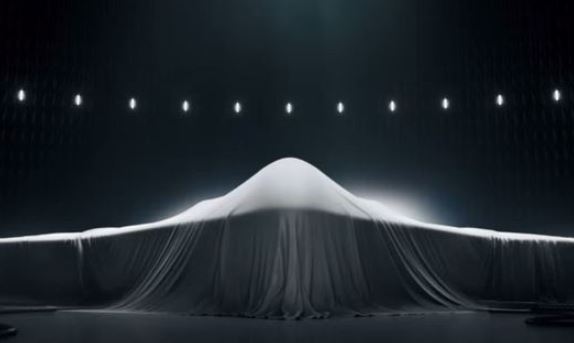Northrop Grumman Wins Long Range Strike Bomber Contract
By Debbie Gregory.
The Air Force has awarded the contract for the Long Range Strike Bomber, (LRS-B) to Northrop Grumman Corp. Boeing, which along with partner Lockheed Martin submitted the losing bid, has filed a protest with the Government Accountability Office (GOA) over the contract.
In a joint statement, Boeing and Lockheed Martin called the selection process for the LRS-B “fundamentally flawed.”
The contract is composed of two parts. The contract for the Engineering and Manufacturing Development, or EMD, phase. The second part of the contract is composed of options for the first 5 production lots, comprising 21 aircraft out of the total fleet of 100. They are fixed price options with incentives for cost.
Northrop Grumman won the award in part because of a projected cost per plane of $511 million in 2010 dollars, well below the Pentagon’s cost cap of $550 million in 2010 dollars. In fiscal 2016 dollars, those figures translate into $563 million and $606 million, respectively. The Boeing/Lockheed team bid $11 billion for EMD, but the Air Force calculated EMD at $21.4 billion, which shifts the risk from the contractor to the government.
“Although it is every competitor’s right to file a protest, the Air Force is confident that the source selection team followed a deliberate, disciplined and impartial process to determine the best value for the warfighter and taxpayer,” said US Air Force spokesman Maj. Robert Leese.
Boeing has little to lose and much to gain from a protest, but faces long odds of a successful outcome.
The LRS-B is designed to replace the Air Force’s aging fleets of bombers – ranging in age from 50+ years for the B-52 to 17+ years for the B-2 – with a long range, highly survivable bomber capable of penetrating and operating in tomorrow’s anti-access, area denial environment. The LRS-B provides the strategic agility to launch from the United States and strike any target, any time around the globe.








